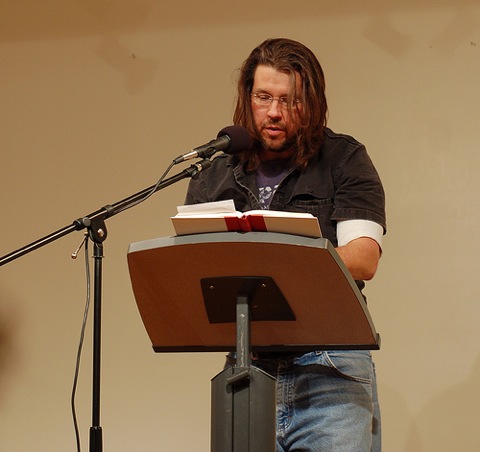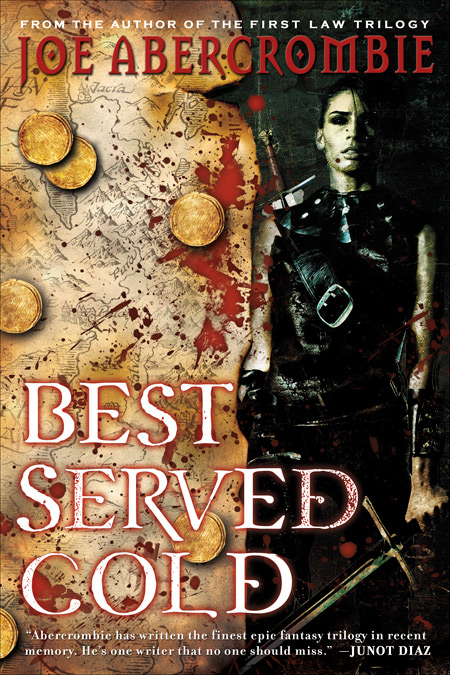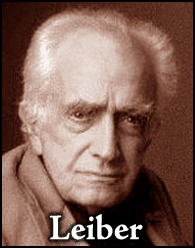“I’ll Kill the Mama-Mfuka”: The Trail of Bohu in 2009
Thursday, March 5, 2009
posted by Steve Tompkins
He saw Naama, its dark battlements thrusting against the sky of Land’s End. He saw the Erriten bathing in the emerald of mchawi. He saw the cities of the East Coast crumbling in blood-smeared ruin. He saw a cloud of darkness crawling inexorably northward…thousands upon thousands of armed men, and others who were not human at all, a cloud thicker than a thousand swarms of locusts and a thousand times more destructive. He saw the turrets of Gondur torn apart, stone by stone, and the stelae flung down to shatter in the streets. He saw his people dragged screaming to altars to be sacrificed to the Demon Gods. He saw the Erriten towering gigantic and triumphant, dominating all of Nyumbani. He saw the seed the Mashataan intended to sow to replace the children of the Cloud Striders…
Charles R. Saunders never left Imaro, nor did Imaro leave him; instead, the possibility of further publication left both of them for two decades after The Trail of Bohu (1985). The last of the three Saunders heroic fantasies from DAW Books in the Eighties, Bohu is its creator’s favorite because, as he informs us in an Author’s Note at the end of the revised-and-self-published 2009 edition, “it was the first Imaro novel that I wrote from scratch…Completing a novel that did not include previously published material was a major milestone in my development as a writer.” Those of us who pounced upon the 1985 version (insofar as its non-sea-to-shining-sea distribution allowed) have also always cherished Bohu for boasting the biggest budget, the most ambitious special effects, and the most on-location filming. Nyumbani grows by leaps and bounds, and the effect is as exhilarating as the opening of “Black Colossus,” wherein Shevatas orients himself in the ruins of Kuthchemes with a tour d’horizon encompassing fabled realms to the southwest, the east, and the north, all of which he knows “as a man knows the streets of his town,” or the scene near the end of The Fellowship of the Ring during which Frodo, his perspective newly panoptic thanks to the Seat of Seeing, in effect watches as the slavering jaws of the world war launched by Sauron close around Middle-earth.
We carry within the wonders we seek without us, Sir Thomas Browne wrote, There is all Africa and her prodigies in us: The Trail of Bohu in particular carries within it a prodigious number of African prodigies, both civilized (the glory that was Kush and the grandeur that was Great Zimbabwe) and barbaric — the trail in question leads past the most notorious killing fields in the history of southern Africa. The novel begins with inclement weather, with weather, in fact, that does not know the meaning of the word clemency. A storm is brewing at the southern end of Nyumbani, and the phrase “end of Nyumbani” applies in more ways than one. As we witness the enormities occurring in the High Chamber of the Erriten of Naama, which herald enormities greater still, the theme of both “The Call of Cthulhu” and “The Shadow Kingdom” swells again, the theme of man as an eviction-inviting squatter in a condemned edifice. In the words of Abadu, a character in David C. Smith’s novel Oron, “Humankind holds its life and its lands but precariously — and perhaps not at all.”







